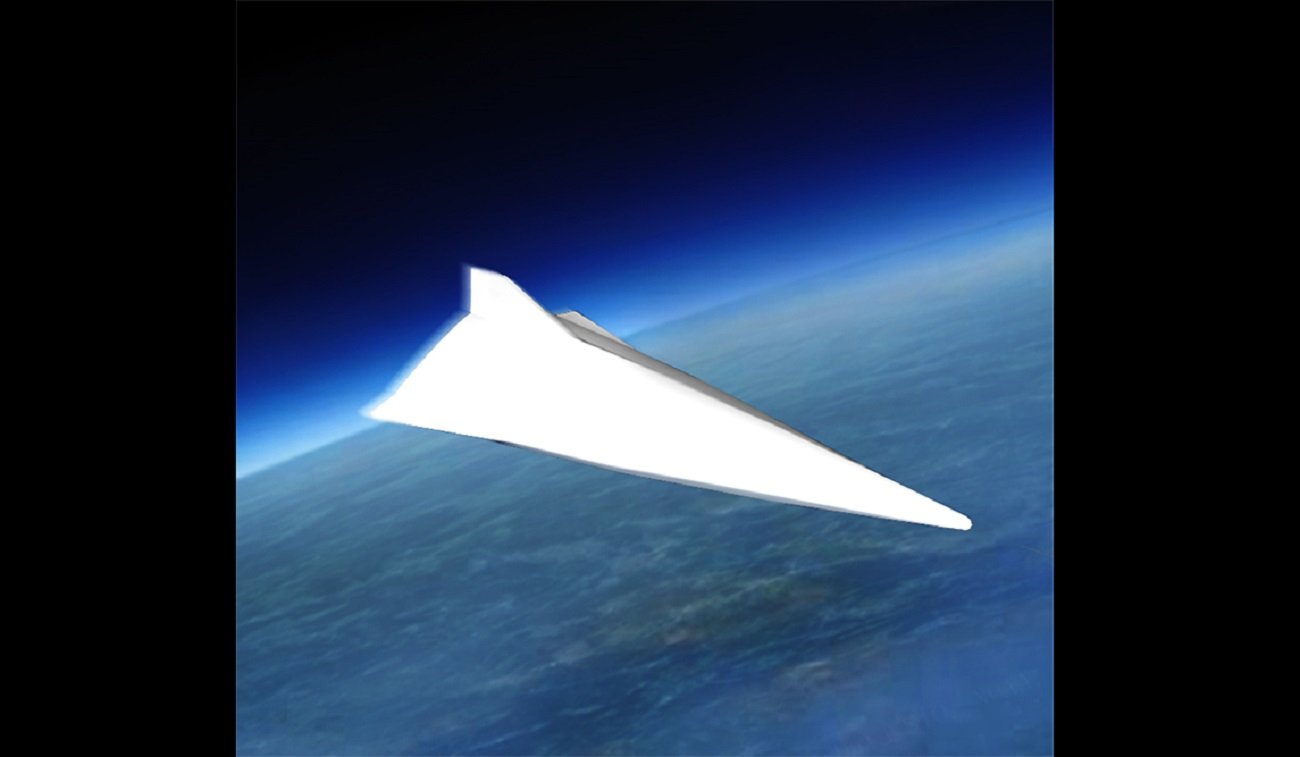NASA has provided a new image of the moon’s south pole. In its center is Shackleton Crater, the lower part of which blocks sunlight. The image was made up of smaller images taken during two different missions.
The Moon’s south pole still holds many secrets. Some of them were discovered by India’s Chandrayaan-3 Vikram lander, which touched down in that region of the moon in August. Much of the information is also provided by probes orbiting Silver Globe – NASA’s Lunar Reconnaissance Orbiter (LRO) or Danori, sent by the Korea Aerospace Research Institute (KARI). Their joint work allowed us to look into this unusual place.
Eternal darkness
NASA has provided a mosaic of images of Shackleton Crater, located at the Moon’s south pole. This place is unique in many respects – its edges are lit by sunlight almost all the time, but sunlight never reaches the bottom of the crater. This is because the Moon’s axis is only slightly tilted (1.5 degrees compared to Earth’s 23.5 degrees) relative to an observer standing at the South Pole, and the Sun slides across the horizon all year, never rising or setting completely.
Shackleton Crater through the lens of LROC and ShadowCamLROC/ShadowCam/NASA/KARI/ASU
NASA stressed that without the cooperation of the two machines, capturing such a view would have been impossible. LROC was responsible for taking detailed images of the moon’s illuminated surface, but was unable to see the shadowed areas. The ShadowCam instrument installed on the Danuri spacecraft is 200 times more sensitive to light than the LROC, which allowed it to operate in extremely low-light conditions. However, this device cannot capture details of bright areas.
The study of the Moon’s south pole is of particular interest in the context of future exploration of the silver sphere. This region may contain layers of frozen water ice, and studying it could deepen our understanding of how the Moon and our solar system evolved. Icy deposits can also serve as an important resource because they consist of hydrogen and oxygen, which can be used as rocket fuel or to power life support systems.
Main image source: LROC/ShadowCam/NASA/KARI/ASU

Echo Richards embodies a personality that is a delightful contradiction: a humble musicaholic who never brags about her expansive knowledge of both classic and contemporary tunes. Infuriatingly modest, one would never know from a mere conversation how deeply entrenched she is in the world of music. This passion seamlessly translates into her problem-solving skills, with Echo often drawing inspiration from melodies and rhythms. A voracious reader, she dives deep into literature, using stories to influence her own hardcore writing. Her spirited advocacy for alcohol isn’t about mere indulgence, but about celebrating life’s poignant moments.







